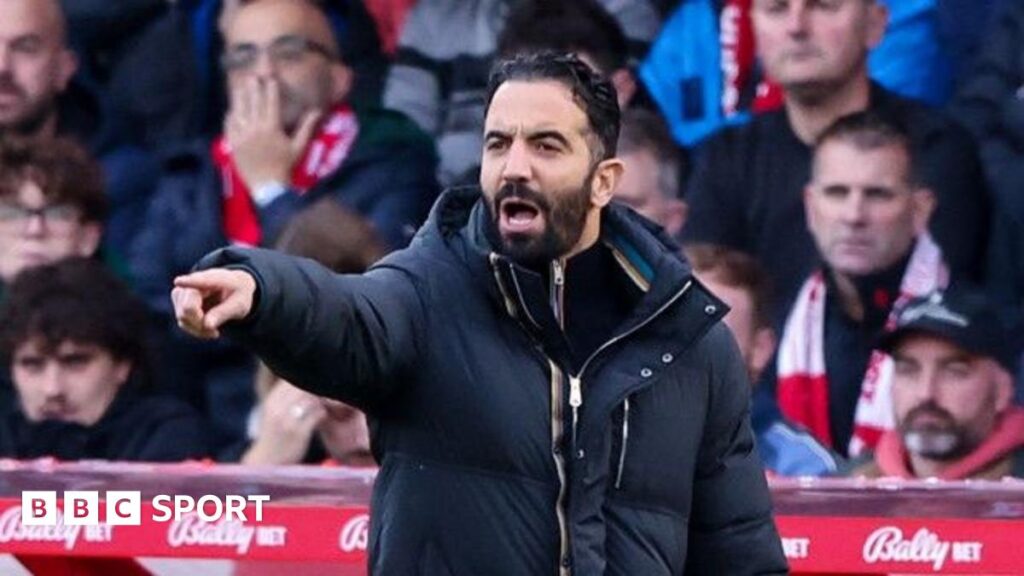It is important to look at the tactical changes Amorim has made recently.
United have started using goalkeeper Senne Lammens’ long distribution, building up short less often and minimising how often defenders lose the ball.
United are also able to remain more compact as the defensive and midfield lines move up the pitch collectively when the keeper launches it long. This reduces distances between players and helps United win more second balls while conceding fewer counter attacks.
This direct approach suits United’s pacey attackers and has generally improved their defensive play given the better spacing between players, particularly against high-pressing sides like Liverpool and Brighton.
Against teams that sit deeper, United’s direct approach becomes less effective. With less space in behind, United are tasked instead with breaking teams down, limiting their impressive counter-attacking threats.
Although United’s attacking threat is reduced in these situations, they can look more defensively secure when their team is positioned high, penning opponents in.
Out of possession, Amorim has refined his pressing structure. His previous 5-2-3 press often left large gaps between midfield and attack. Although they still press in this way at times, recently Luke Shaw has been tasked with stepping into midfield when pressing, creating a 4-3-3 shape.
When defending deep, Amorim has moved from a 5-2-3 to a 5-4-1 shape which makes United harder to attack given the wider defensive coverage.
United’s players hold their deep positions allowing opponents to have time and space on the ball in front of the defensive and midfield lines. Opponents have the time to switch play or cross from wide areas and United’s box defending particularly at the back post has been questionable.
United may continue to play directly, keeping less of the ball. This will result in more goals scored.
It does however mean they would likely be required to defend their own box in their 5-4-1 shape for long periods.
In this scenario, if United are able to be more proactive in their 5-4-1 block, getting out to players before they cross it and improving their defending in the box, they could retain their attacking threat while conceding fewer goals.
Alternatively United can look to be more dominant on the ball as teams set up deeper against them. This would allow them to set up in a strong defensive shape behind the ball, as they attack, ready to pounce on opponents if the ball was lost.
This approach minimises their best players’ attacking strengths however. Amorim’s United would need to more reliably unlock stubborn defences for this approach to become more viable.


